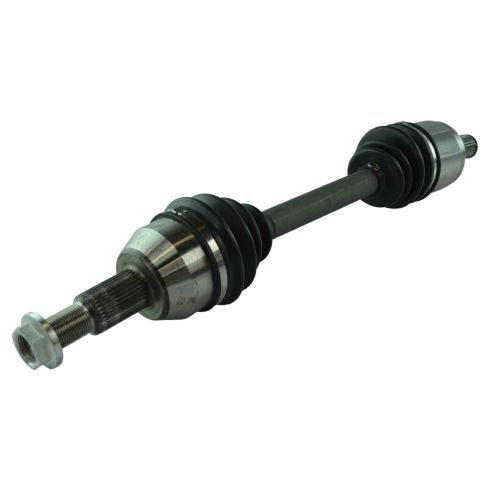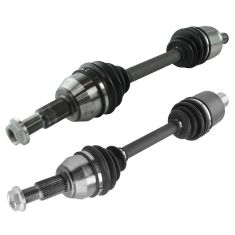1AACV00199-2004-07 Saturn Vue V6 3.5L Front Driver Side CV Axle Assembly TRQ CSA70350

Replaces
2007 Saturn Vue V6 3.5L Front Driver Side CV Axle Assembly TRQ CSA70350

Product Reviews
Loading reviews
There are no reviews for this item.
Customer Q&A
No questions have been asked about this item.
Saturn is a registered trademark of General Motors Company. 1A Auto is not affiliated with or sponsored by Saturn or General Motors Company.
See all trademarks.








